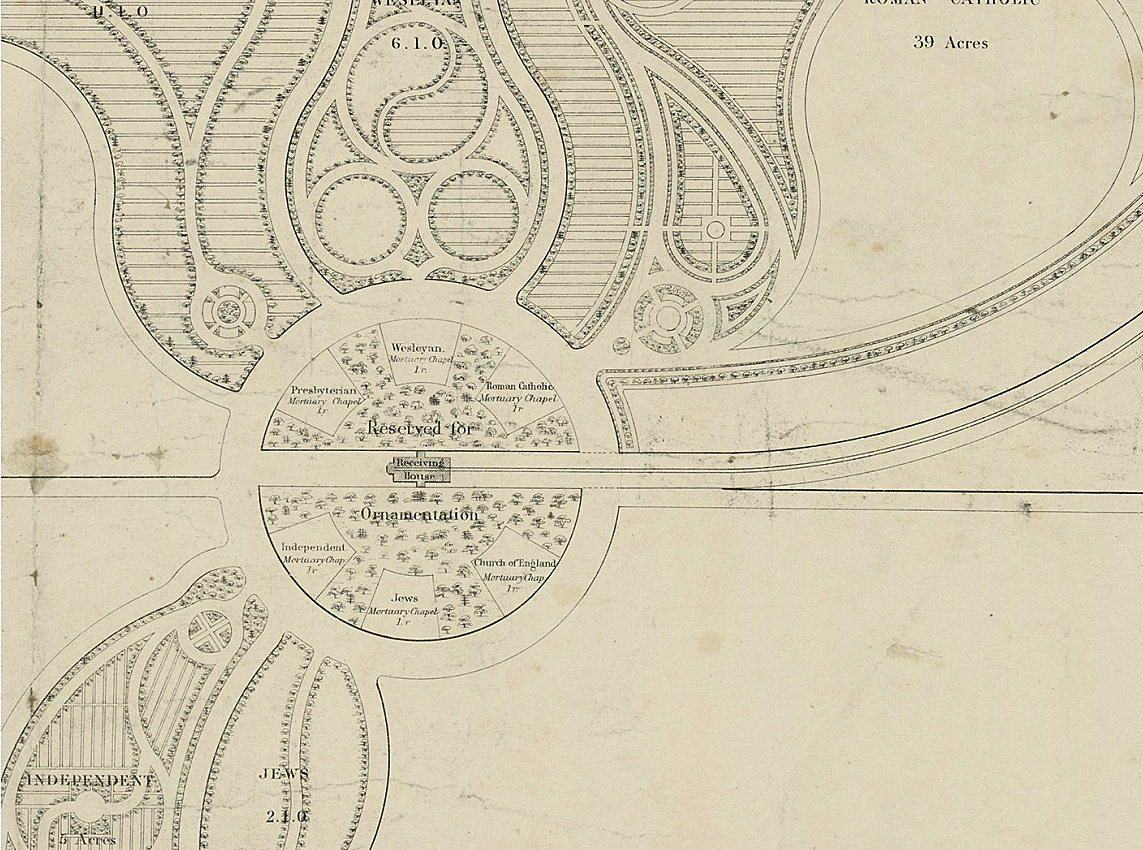The Dictionary of Sydney was archived in 2021.
Detail of a plan of Necropolis at Haslem's Creek shewing the appropriations for the various religious denominations 1868

From the collections of the
(Mitchell Library)

